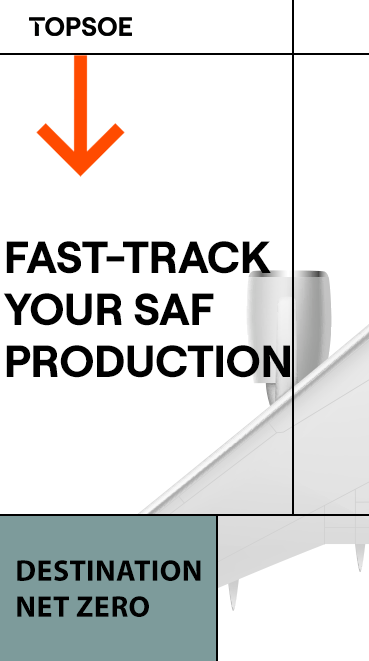Soybean area in EU is growing

According to information published by the EU Commission, the soybean production area in the EU-27 has more than doubled over the past 10 years. The area planted with soybeans in 2021 amounts to almost 958,000 hectares (roughly 2.37 million acres). This is up around 2 percent year-on-year.
Italy remains by far the largest EU soybean producer with an area of presumably 286,000 hectares and an 11 percent increase in area. The country accounts for around 30 percent of the total EU soybean planted area.
The soybean area has also been significantly expanded in other EU member states. Slovakia has recorded an increase of just about 12 percent to 57,000 hectares, whereas Austria has seen a 10 percent expansion to 76,000 hectares. German producers also dedicated more land to soybeans than they did the previous year. 36,000 hectares translate to a 9 percent increase. Romanian farmers had greatly expanded the soybean area in the past year, so they reduced the area slightly by 3 percent in 2021. With an estimated 160,000 hectares, Romania continues to be the third largest soybean-producing country, following France with 172,000 hectares.
According to investigations conducted by Agrarmarkt Informations-Gesellschaft (mbH), the EU soybean harvest is also likely to increase because of the expansion in production area in many EU countries. Germany did not harvest any significant amount of soybeans until 2016. This year, the EU Commission expects the country to harvest 101,000 metric tons. This means that German output would have more than doubled over the past five years. Romania is assumed to see the biggest increase in production, of more than 20 percent to 384,000 tons. In 2021, harvests are expected to grow by 11 percent in France (despite a reduction in area), 10 percent in Austria and 7 percent in Germany.
The Union zur Förderung von Oel- und Proteinpflanzen (UFOP) has welcomed the positive trend in European soybean farming over recent years. The crop provides many farmers with an additional option at expanding their crop rotation and meeting the growing demand for regionally grown produce. At the same time, the association has pointed out that there is still significant need to invest in soybean breeding in order to come up with regionally adapted and competitive varieties for many different growing areas, including the northern regions of Germany.






















-RKstandin.jpg)
_gif.gif)




